Technology is everywhere. Our children and young people grow up with smartphones in hand, schools rely on digital tools, and social lives often revolve around social media platforms. But while tech brings convenience and connection, it also opens new doors to harm, especially for those already vulnerable due to trauma, or those navigating the delicate stages of emotional development.
This isn’t about fearmongering. It’s about awareness.
Because many adults don’t realise how screens and apps are designed to engage, collect data, and keep kids online. They can also be unaware of how they can also contribute to anxiety, isolation, bullying, and deeper emotional wounds. In some cases, technology doesn’t just amplify trauma, it causes it.
In this article, we’ll unpack the main ways technology can impact a young persons social, emotional, mental health and provide practical steps adults can take to make children and young people safer and more resilient to the negative impact of technology.
The Hidden Harm: What We Mean by Tech-Related Trauma
Childhood trauma isn’t always about major events. It can result from chronic stress, emotional neglect, exposure to harmful content, or unsafe environments. All of which can be shaped by technology.
Some children are already living with trauma: from abuse, loss, neglect, or instability. Others may be emotionally healthy but technology creates new triggers that can leave lasting psychological scars. Either way, the effects are real: changes in brain development, difficulty with emotional regulation, trust issues, anxiety, depression, and even PTSD-like symptoms.
1. Social Media: Validation or Vulnerability?
Social media can be a digital playground, but also a psychological minefield. Platforms like TikTok, Instagram, Snapchat, and YouTube might look like harmless entertainment, but beneath the colourful filters and trending dances lies an infrastructure designed for one thing: to keep users hooked. These apps are not built with child well-being in mind. They’re engineered around algorithms that track behaviour, learn what content grabs attention, and then serve up more of it. Whether that content is uplifting, toxic, or outright harmful.
For children and young people, this means their developing brains are constantly being pulled toward extremes: more shocking videos, more polished images, more drama, more validation-seeking. Instead of promoting healthy connection, the platforms thrive on endless scrolling, likes, and engagement loops that tap into the same reward pathways as gambling. A child might log on to check a friend’s update but end up losing hours to a stream of content carefully tailored to trigger curiosity, envy, or outrage.
And because the platforms are public by design, children are not just consumers but also performers. Curating their identities for approval, fearing rejection, and often measuring their worth against numbers on a screen. The pressure to be seen, to be liked, and to stay relevant can quietly chip away at confidence and self-esteem, leaving deep emotional imprints that mirror or amplify trauma.
For children and teens, whose identities are still forming, this is a recipe for emotional instability.
The risks:
-
Cyberbullying and harassment: Children can face targeted abuse that feels inescapable, with no safe space to retreat.
-
Comparison and self-worth issues: Constant exposure to filtered, curated images can damage body image and self-esteem.
-
Exposure to harmful content: Algorithms may feed children content related to self-harm, eating disorders, or violence.
-
Addiction to validation: Likes and views create a feedback loop that ties self-worth to online approval.
-
Algorithmic traps: The design of platforms pushes kids toward more extreme content to keep them engaged.
Tips:
-
Talk, don’t just monitor: Have regular conversations about what your child is watching, posting, and how it makes them feel.
-
Model balance: Show children that you also put your phone down, log off, and prioritise offline life.
-
Teach media literacy: Help kids question what they see online and remind them filters and edits aren’t reality.
-
Set boundaries together: Agree on healthy limits for app use, instead of imposing strict bans that may backfire.
-
Watch for signs: Withdrawal, secrecy, or sudden changes in self-image may point to social media harm.
2. Mobile Devices: Constant Connectivity, Constant Stress
What was once sold as a convenient tool for connection is now a device that rarely lets children (or adults) disconnect. It’s not just a phone in their pocket, it’s a constant portal to social lives, school pressures, entertainment, and an overwhelming flood of information. For many young people, the smartphone doesn’t feel optional; it feels essential, like an extension of themselves.
This constant availability creates a silent pressure: messages need replies right away, notifications demand attention, and the fear of missing out (FOMO) keeps kids tethered to their screens even when they’d rather switch off. Instead of giving children freedom, the smartphone often creates a sense of surveillance and dependency. They are always reachable, always contactable, and never truly alone with their own thoughts.
On top of that, the sheer information overload: news, memes, videos, endless scrolling leaves little space for emotional processing. Children are bombarded with more input in a single day than previous generations might have experienced in weeks. This constant stimulation can wire their brains to seek quick hits of novelty while undermining their ability to focus, reflect, or self-soothe in healthier ways.
For children who are already vulnerable, the smartphone doesn’t just distract, it becomes a crutch. It allows them to dissociate from uncomfortable feelings, to escape reality instead of confronting it. While that avoidance might bring momentary relief, in the long run it can deepen anxiety, loneliness, or unresolved trauma. Developing what can be an unhealthy coping mechanism from an early age.
The risks:
- Sleep disruption: Late-night scrolling keeps kids’ brains alert and reduces quality sleep.
- Attention fragmentation: Notifications and multitasking weaken focus and emotional processing.
- Surveillance culture: Constant connection creates pressure to always be available.
- Emotional avoidance: Phones become a tool to escape rather than face difficult feelings.
- Information overload: The flood of news, memes, and updates overwhelms children’s ability to regulate emotions.
Tip:
-
Create tech-free zones: Bedrooms, meal times, and family activities should be screen-free to encourage rest and connection.
-
Prioritise downtime: Schedule “offline time” every day and try to encourage reading, hobbies, or outdoor play.
-
Use device settings: Turn off notifications or use “Do Not Disturb” modes during study and sleep.
-
Normalise not replying instantly: Teach children that it’s okay to take breaks from messaging apps.
-
Model healthy detachment: Put your own phone away to show that constant availability isn’t necessary.
3. AI and Mental Health Tools: Helpful… Until They’re Not
Some of these tools can genuinely help. They provide mindfulness exercises, crisis resources, or a non-judgmental space to type out feelings. For a child who feels too ashamed or anxious to talk to an adult, that immediate accessibility can be comforting.
But these apps are not human. They cannot pick up on the subtle cues of tone, body language, or silence, the things that often tell us more about how a child is really doing than their words. They work by pattern recognition, not empathy. And when children begin to substitute apps for real relationships, the cracks quickly show.
Relying on an algorithm for emotional support can leave kids feeling more isolated in the long run. Instead of learning how to build trust, confide in safe adults, or sit with difficult emotions, they may turn inward and depend on a chatbot that gives pre-programmed responses. If that chatbot gets it wrong by offering generic advice, missing a cry for help, or normalising unhealthy behaviour, the consequences can be serious.
Even more troubling, some AI tools are vulnerable to exploitation. Predators have been known to use “support” platforms or game chats to groom children. And because most young people lack the digital literacy to distinguish between safe and unsafe sources, they may trust the wrong outlet with their most vulnerable thoughts.
Ultimately, technology can supplement care, but it cannot replace it. Children need the warmth of human connection, the consistency of trusted relationships, and the guidance of adults who can truly listen and respond. Apps can be tools, but they must never become a child’s only source of comfort.
The risks:
-
False sense of safety: Children may avoid reaching out to adults, thinking an app can replace real support.
-
Inaccurate advice: Chatbots may misunderstand or dismiss serious issues.
-
Isolation risk: Over-reliance on apps can stunt social and emotional development.
-
Exploitation potential: Some platforms with AI features can be exploited by predators.
-
Confidentiality concerns: Sensitive data might be collected or misused.
Tip:
-
Position apps as a tool, not a solution: Encourage children to see them as one part of a bigger support system.
-
Teach digital literacy: Help children recognise the difference between safe resources and harmful ones.
-
Stay engaged: Ask your child what apps they’re using and explore them together.
-
Encourage real conversations: Remind children that trusted adults can offer understanding an app never can.
-
Choose vetted apps: Look for platforms recommended by schools, health services, or established charities.
4. Video Games: Escape or Entrapment?
Games can be a way to blow off steam — but for some kids, they become a replacement for reality. At their best, video games can be fun, creative, and even social spaces where children learn problem-solving, teamwork, and resilience. But when life offline feels painful, unpredictable, or unsafe, games can become more than entertainment, they become a refuge.
Especially in homes where trauma is present, video games can act as a numbing agent. Instead of dealing with fear, grief, or anger, a child can disappear into a digital world where they feel in control. In a game, they can win battles, build cities, or escape into fantasy. Unlike real life, the rules are clear, the feedback is instant, and the outcomes can be reset with the push of a button. For a child who feels powerless in their day-to-day world, that sense of mastery is intoxicating.
The problem is that this kind of escapism doesn’t just distract from painful emotions, it can delay healing. If a child is spending hours gaming to avoid feelings of rejection, loss, or instability, those emotions don’t disappear; they simply get buried. Over time, reliance on games as a coping mechanism can lead to isolation, disrupted sleep, heightened anxiety, or difficulty forming healthy offline relationships.
This doesn’t mean all gaming is harmful. Many children use video games in healthy ways, connecting with friends or enjoying a hobby. The risk comes when gaming shifts from play to dependency. When a child feels like they need the digital world because the real one feels unbearable. In these cases, games stop being just fun; they become a shield against reality, and that shield can keep children from developing the resilience they truly need.
The risks:
-
Escapism and avoidance: Games may become a refuge from trauma or stress, preventing healthy coping.
-
Addiction: Children can become dependent, losing sleep and neglecting school or relationships.
-
Toxic environments: Online multiplayer games can expose kids to racism, sexism, or aggressive behaviour.
-
Emotional spill over: High-intensity or violent games may exacerbate anxiety or aggression in some children.
-
Isolation: Excessive gaming can crowd out offline friendships and hobbies.
Tip:
-
Play together: Join in on games to understand what your child enjoys and to open space for conversations.
-
Discuss feelings: Ask how gaming makes them feel after they finish. Does it make them feel calm, stressed, or more upset?
-
Encourage balance: Pair gaming with offline activities (sports, creative hobbies, or outdoor time).
-
Set gentle boundaries: Use timers or natural breaks (like mealtimes) to limit long sessions.
-
Watch for behaviour changes: Irritability, secrecy, or dropping other interests may signal unhealthy use.
5. Teletherapy and Online Counselling: A Double-Edged Sword
Online therapy exploded during the pandemic and for many, it was a lifeline. Suddenly, children and families who had struggled to access in-person mental health services were able to connect with therapists from their bedrooms or living rooms. For older children and teens, the digital format sometimes felt less intimidating: they could talk through a screen, on familiar ground, without the awkwardness of sitting in a clinic waiting room.
But online therapy is not always effective for kids, especially younger ones who need real-world connection and trust to open up. For many children, the process of therapy isn’t just about the words spoken, it’s about non-verbal communication, play, and physical presence. A younger child might engage better with sand trays, drawing, or movement, which do not translate easily to a video call. Without those tools, therapy can feel abstract, distant, or even frustrating.
Privacy is another challenge. Some children can’t speak freely if they know their family members are just outside the door. Others may fear being overheard, which makes them more likely to give short, surface-level answers rather than exploring their real feelings. This can make therapy sessions less effective, or in some cases, prevent children from benefiting at all.
There’s also the issue of trust. Building a therapeutic relationship is already a delicate process. Over video, small signals such as eye contact, body language, even the comfort of sitting in the same room are muted or lost. For children who have experienced trauma, mistrust, or instability, this lack of physical presence can make it much harder to feel safe enough to open up.
None of this means online therapy is bad. For some young people, it can be a valuable bridge to support. But for children and young people with deep or complex needs, digital therapy should be seen as a supplement, not a replacement, for real-world connection. What they need most is consistency, patience, and the chance to build genuine human trust, something no screen can fully replicate.
The risks:
-
Limited engagement for younger children: Kids who need play or face-to-face connection may not benefit.
-
Privacy issues: Children may not feel safe talking openly if others are nearby.
-
Trust barriers: Trauma-affected kids may find it hard to build trust without physical presence.
-
Superficial sessions: Quick, surface-level answers may replace deeper exploration.
-
Over-reliance: Parents may mistakenly assume online therapy is enough without additional support.
Tip:
-
Check fit: Ask therapists how they adapt online sessions for different ages and needs.
-
Create a private space: Ensure children have somewhere confidential to talk during sessions.
-
Supplement with offline support: Pair digital therapy with family support, school-based help, or in-person sessions.
-
Stay involved: Regularly check in with your child after sessions to gauge how they’re feeling.
-
Treat it as a bridge: See online therapy as a stepping stone, not the whole journey, especially for children with complex trauma.
What You Can Do Right Now
Raising and educating children in a digital world is hard. But there’s no going back. Instead of rejecting technology, we have to raise kids who can live with it safely, critically, and consciously.
Here are five ways to get started:
1. Co-use Tech With Kids
Don’t just monitor — participate. Play the games. Watch the videos. Follow the trends. Talk about the experience. Tech should be a shared language, not a secret world.
2. Model Healthy Behaviour
Kids absorb what they see. If we scroll through dinner, check email constantly, or use phones to avoid feelings, they will too. Show them what balance looks like.
3. Foster Real-World Connections
Encourage offline play, friendships, hobbies, and outdoor time. These activities are protective factors against trauma — and they can’t be replaced by screens.
4. Build Emotional Vocabulary
Tech use often masks emotional needs. Help kids name their feelings: anger, fear, sadness, shame. When children can express emotions, they’re less likely to seek escape.
5. Create Digital Boundaries Together
Don’t just impose rules — build them with your child or student. Talk about why boundaries matter, and adapt them as kids grow and mature.
Final Thoughts: Awareness First, Action Next
Technology isn’t the enemy. But it is a powerful influence, one that shapes how children experience the world, themselves, and others.
If we ignore its impact on trauma, we leave children unprotected in one of the most influential parts of their lives.
But if we engage with empathy, vigilance, and intention, we can make the digital world a safer place to grow.



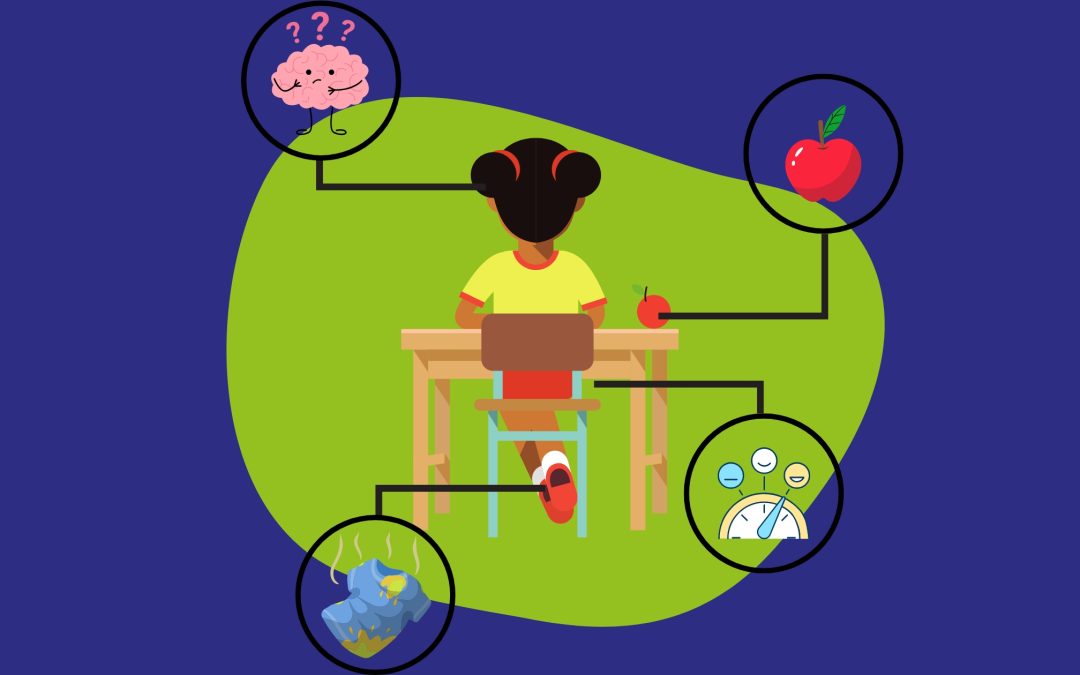
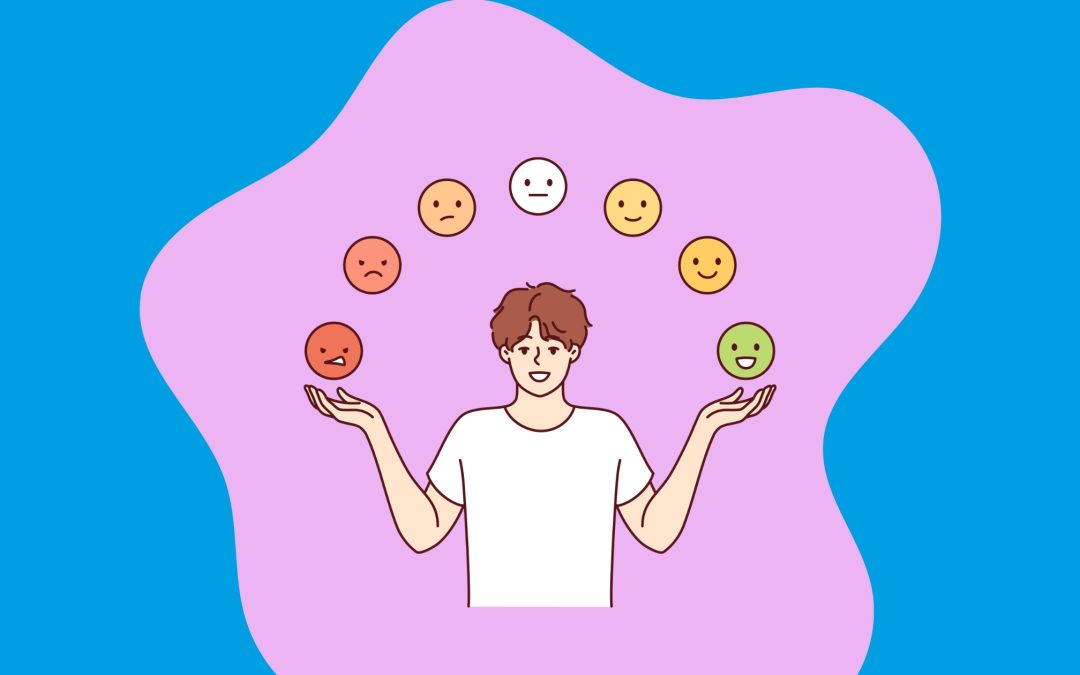
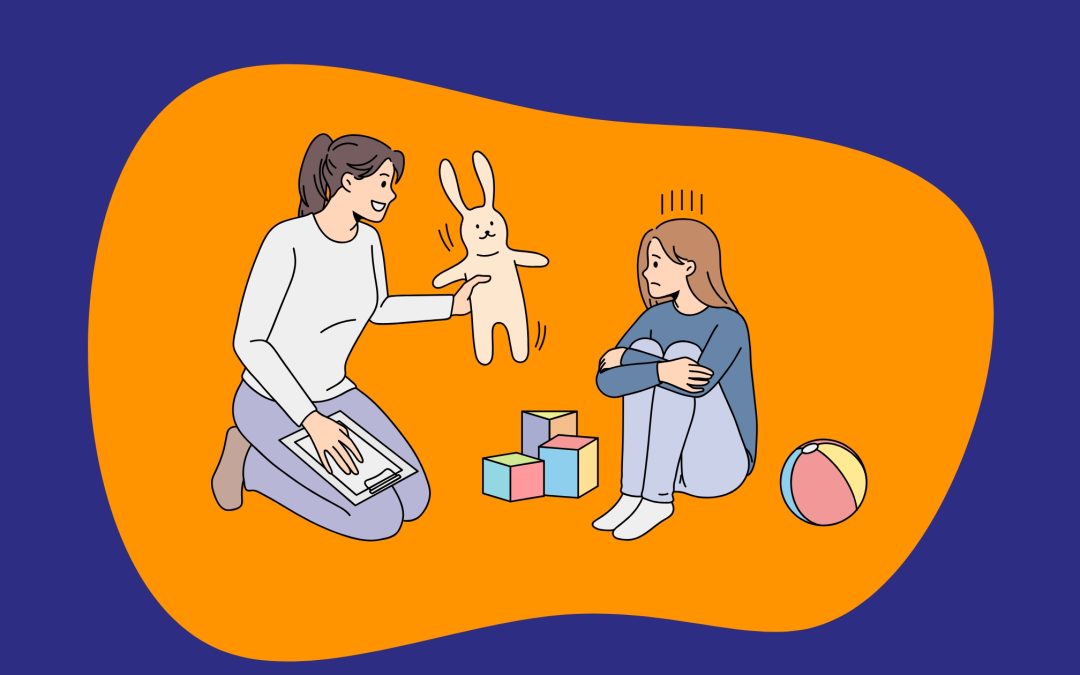


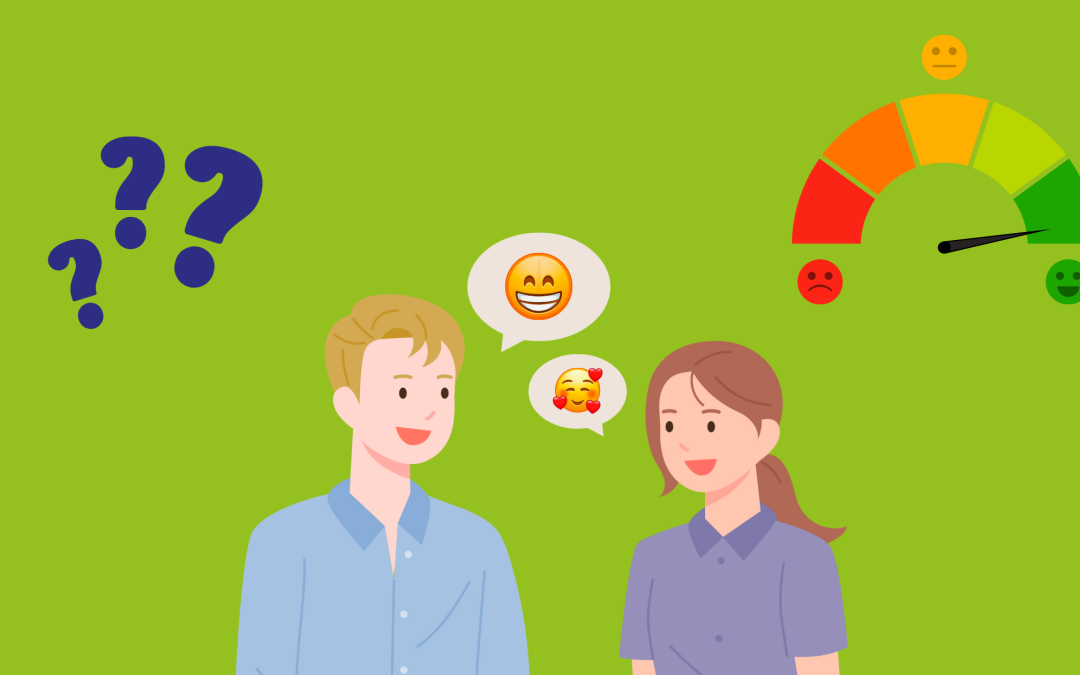
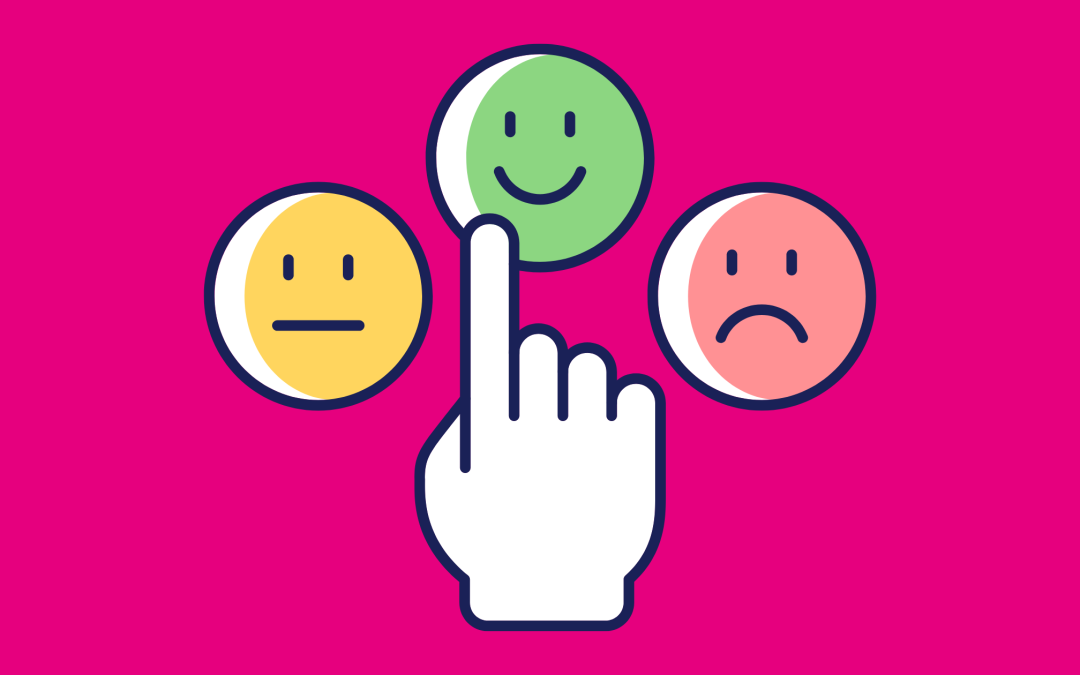


0 Comments